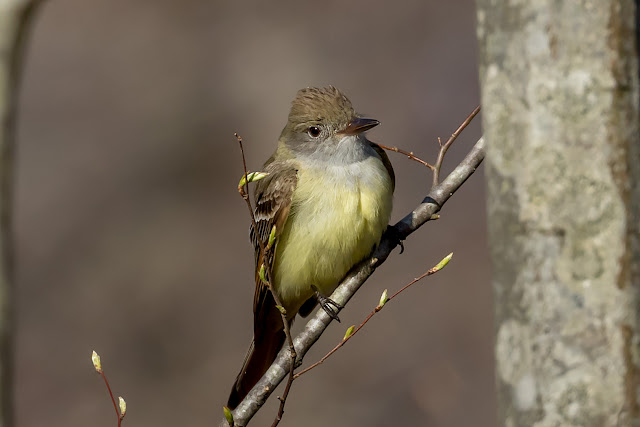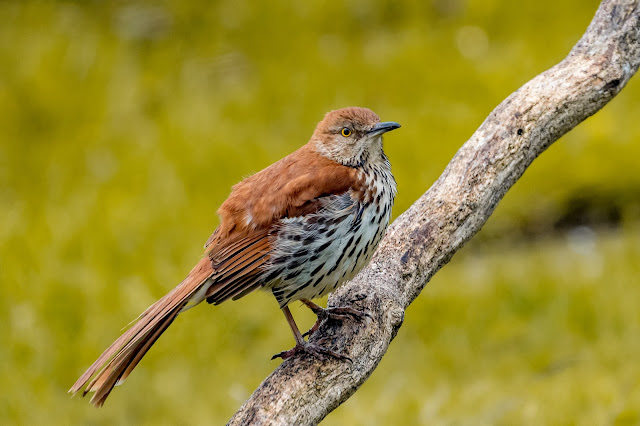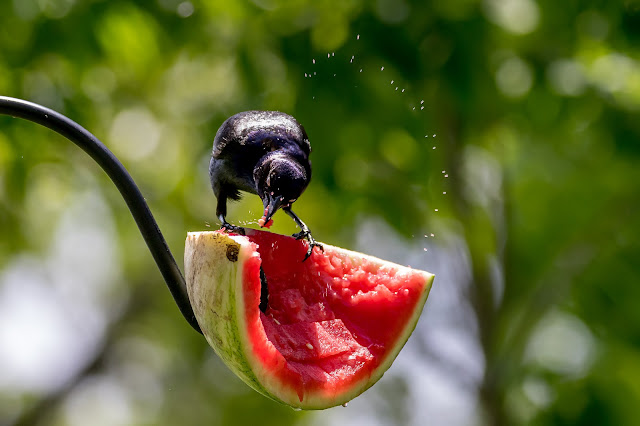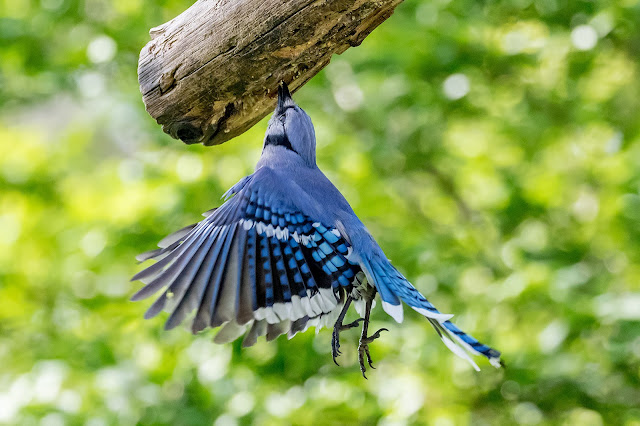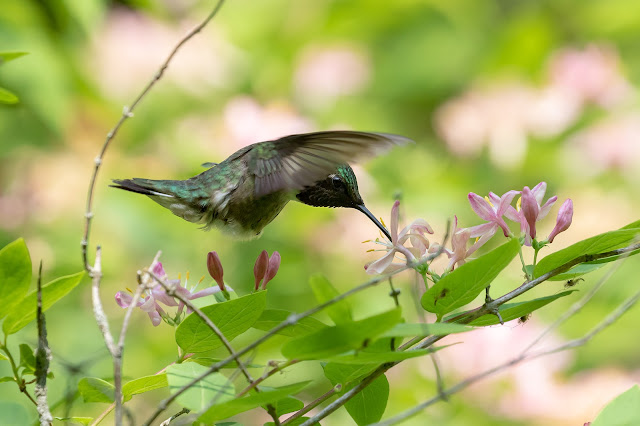Warbling vireo.

Rondeau Provincial Park, Ontario, Canada, Sept 4, 2017. A tree top specialist, this is the only photo I have of this species. Vireo gilvus Brown-headed Cowbirds frequently deposit their own eggs in the nests of Warbling Vireos. In some instances, the vireo pair incubates the alien egg and raises the young cowbird until it fledges. Female vireos in some eastern populations, however, tend to puncture and eject interlopers’ eggs. source - https://www.allaboutbirds.org/guide/Warbling_Vireo
